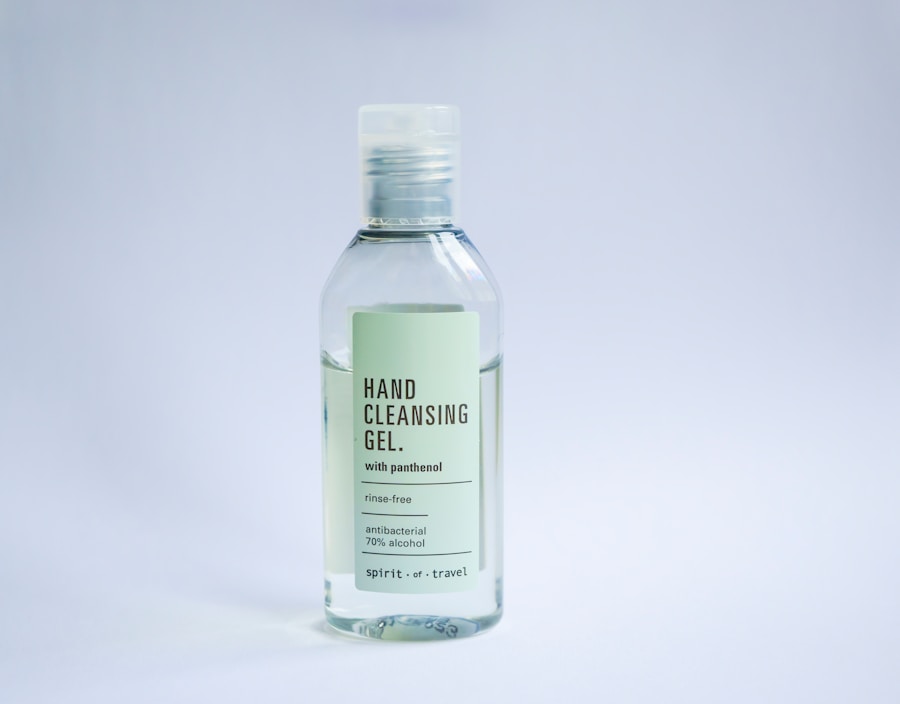Personal Protective Equipment (PPE) and hygiene practices are essential components of infection control in care homes. PPE includes items such as gloves, masks, gowns, and eye protection, which are used to protect both residents and staff from the spread of infections. In addition to PPE, maintaining high standards of hygiene, such as regular hand washing and cleaning of surfaces, is crucial in preventing the transmission of harmful pathogens. In care homes, where vulnerable residents are at a higher risk of infection, the implementation of strict PPE and hygiene protocols is paramount to ensuring the safety and wellbeing of all individuals within the facility.
The Role of PPE in Preventing Infections
PPE plays a critical role in preventing the spread of infections within care homes. By creating a barrier between the wearer and potentially infectious materials, PPE helps to reduce the risk of exposure to harmful pathogens. For example, wearing gloves can prevent the transfer of bacteria and viruses from one surface to another, while masks can help to filter out airborne particles that may carry infectious agents. Additionally, gowns and eye protection can further protect staff from coming into contact with bodily fluids or other potentially contaminated materials. By using PPE in accordance with established protocols, care home staff can significantly reduce the risk of transmitting infections to residents and other members of the care team.
The Importance of Regular Hand Hygiene
Regular hand hygiene is one of the most effective ways to prevent the spread of infections in care homes. Proper hand washing techniques, including using soap and water for at least 20 seconds, can help to remove harmful bacteria and viruses from the hands of staff and residents. In addition to hand washing, the use of alcohol-based hand sanitizers can provide an extra layer of protection against infectious agents. By promoting a culture of regular hand hygiene within care homes, staff can help to minimise the risk of cross-contamination and reduce the likelihood of outbreaks of infectious diseases.
Maintaining a Clean and Sanitary Environment
In addition to PPE and hand hygiene, maintaining a clean and sanitary environment is essential for preventing the spread of infections in care homes. Regular cleaning and disinfection of surfaces, equipment, and communal areas can help to eliminate harmful pathogens and reduce the risk of transmission. By using appropriate cleaning products and following established protocols, care home staff can create a safe and hygienic environment for residents and their colleagues. Furthermore, proper waste management practices, such as the disposal of used PPE and other potentially contaminated materials, are crucial in preventing the spread of infections within the facility.
Protecting Vulnerable Residents through PPE and Hygiene
Vulnerable residents in care homes, such as those with underlying health conditions or compromised immune systems, are particularly at risk of developing severe complications from infections. Therefore, it is essential to prioritise the protection of these individuals through the use of PPE and stringent hygiene practices. By implementing measures such as regular testing for staff and residents, isolating individuals with symptoms of illness, and providing adequate PPE for all care home workers, facilities can help to safeguard vulnerable residents from the threat of infectious diseases.
Staff Training and Compliance with PPE and Hygiene Protocols
Ensuring that care home staff are adequately trained in the proper use of PPE and hygiene protocols is crucial for maintaining a safe and healthy environment for residents. Staff should receive comprehensive training on how to correctly don and doff PPE, as well as guidance on when and how to perform hand hygiene. Regular refresher training sessions can help to reinforce these important practices and ensure that all staff members are up to date with the latest guidelines for infection control. Additionally, it is essential to monitor staff compliance with PPE and hygiene protocols to identify any areas for improvement and address any issues that may arise.
The Impact of PPE and Hygiene on Overall Resident Wellbeing
The implementation of robust PPE and hygiene protocols in care homes has a significant impact on the overall wellbeing of residents. By reducing the risk of infections, facilities can help to improve resident health outcomes and enhance their quality of life. Furthermore, by creating a safe and hygienic environment, care homes can provide residents with peace of mind and a sense of security, knowing that their health and safety are being prioritised. Ultimately, by prioritising PPE and hygiene practices, care homes can create a supportive and nurturing environment that promotes the health and wellbeing of all individuals within the facility.
